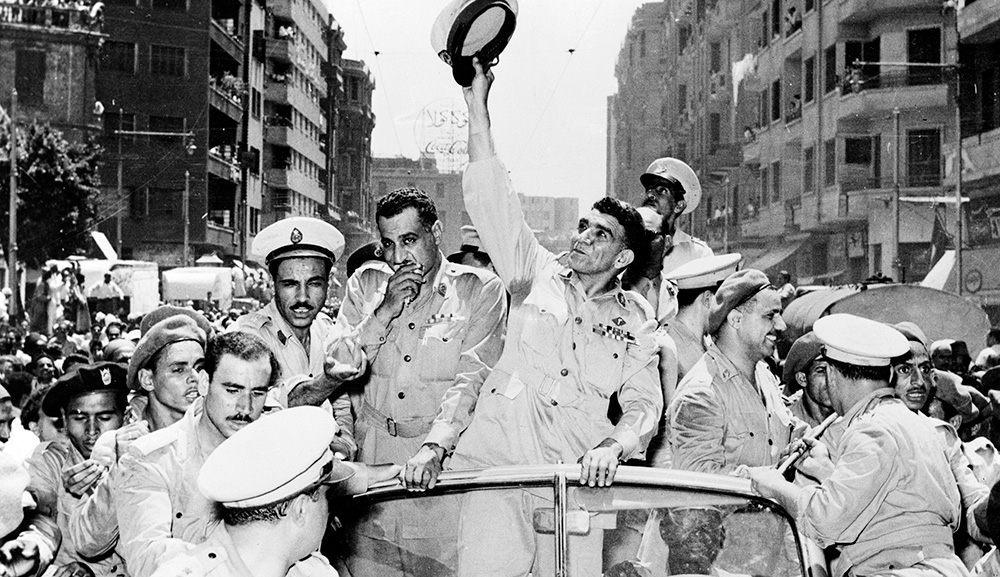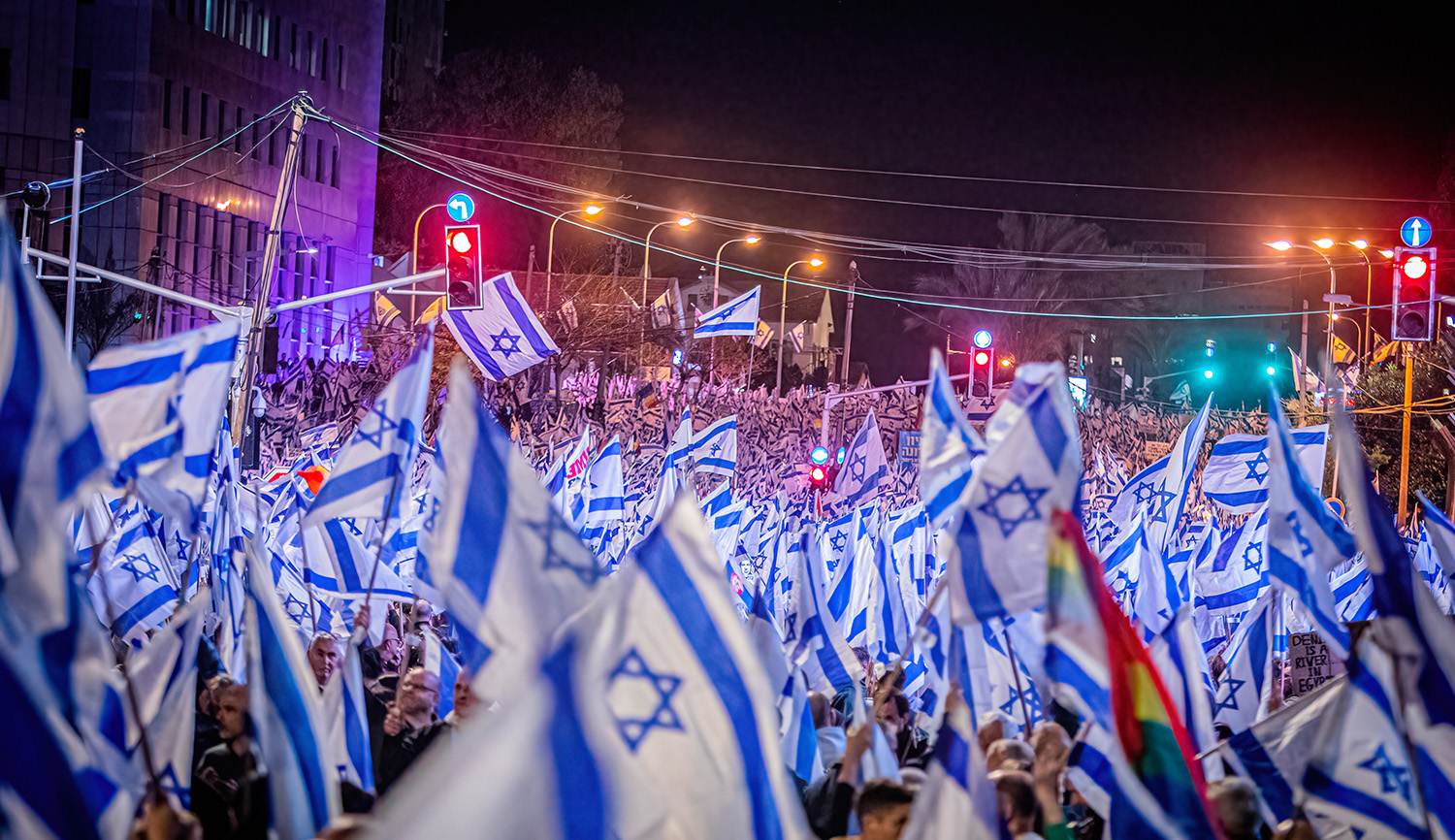This week marks the twentieth anniversary of two connected events: the launching of the second intifada by Yasir Arafat on September 2000 and, two days later, the airing of video on French television showing the twelve-year-old Muhammad al-Dura shot dead, supposedly by IDF bullets. But the boy in the film, it turned out, had not been killed that day, and it is unlikely any gun battle took place. Nidra Poller, who played a leading role in uncovering this hoax, recounted the story in a 2005 essay in Commentary. In the course of her investigation, she was able to view other footage from the scene of the nonexistent crime from the same day:
The Reuters, AP, and France-2 outtakes that I viewed show two totally different and easily identifiable types of activity at Netzarim junction: real, intifada-style attacks, and crudely falsified battle scenes. Both the real and the fake scenes are played out against a background of normal civilian activity at a busy crossroads. In the “reality” zone, excited children and angry young men hurl rocks and Molotov cocktails at the Israeli outpost while shababs (“youths”) standing on the roof of [nearby apartment buildings] throw burning tires down onto the caged lookout; this goes on seemingly for hours, without provoking the slightest military reaction from Israeli soldiers.
At the same time, in the “theatrical” zone, Palestinian stringers sporting prestigious logos on their vests and cameras are seen filming battle scenes staged behind the abandoned factory, well out of range of Israeli gunfire. The “wounded” sail through the air like modern dancers and then suddenly collapse. Cameramen jockey with hysterical youths who pounce on the “casualties,” pushing and shoving, howling Allahu akhbar!, clumsily grabbing the “injured,” pushing away the rare ambulance attendant in a pale green polyester jacket in order to shove, twist, haul, and dump the “victims” into UN and Red Crescent ambulances that pull up on a second’s notice and career back down the road again, sirens screaming. In one shot we recognize Talal Abu Rahmeh, [the source of the original report], in his France-2 vest, filming a staged casualty scene.
This footage, of course, never reached so wide an audience, nor did that of young Dura changing position after being “shot.” And the lie had murderous consequences:
Televised images of the boy, . . . instantly ignited anti-Israel and anti-Jewish passions all over the world, provoking a wave of violence from the lynching of two Israeli reservists in Ramallah to synagogue burnings in France. In the ensuing years, the story of Muhammad al-Dura has attained near-mythic stature in the Arab and Muslim world.
That the death of Muhammad al-Dura was the real emotional pretext for the ensuing avalanche of Palestinian violence . . . is attested by the immediate and widespread dissemination of his story and of the pietà-like image of his body lying at his father’s feet. Streets, squares, and schools have since been named for the young Islamic shahid [martyr]. His death scene has been replicated on murals, posters, and postage stamps, even making an iconic appearance in the video of Daniel Pearl’s beheading.
When called to account, the French journalists who disseminated the story stood by it, prevaricated, and then sued for libel those who reported on their libel. While the truth is now known about Dura, questions Poller asked in 2005 still remain:
What was the role of the government-owned French television network, which is to say the French government itself, in devising, implementing, and spreading this atrocious calumny, whose repercussions are with us to this day?
And now? Al Jazeera ran a long piece this week commemorating Dura’s “death,” and a Google search suggests that the lie still garners at least as many clicks as the truth. Recall also that this occurred before social media and before the perfection of “deep fakes” and other sophisticated means of digital manipulation.
More about: Al Jazeera, Daniel Pearl, France, Israeli-Palestinian Conflict, Media, Second Intifada


